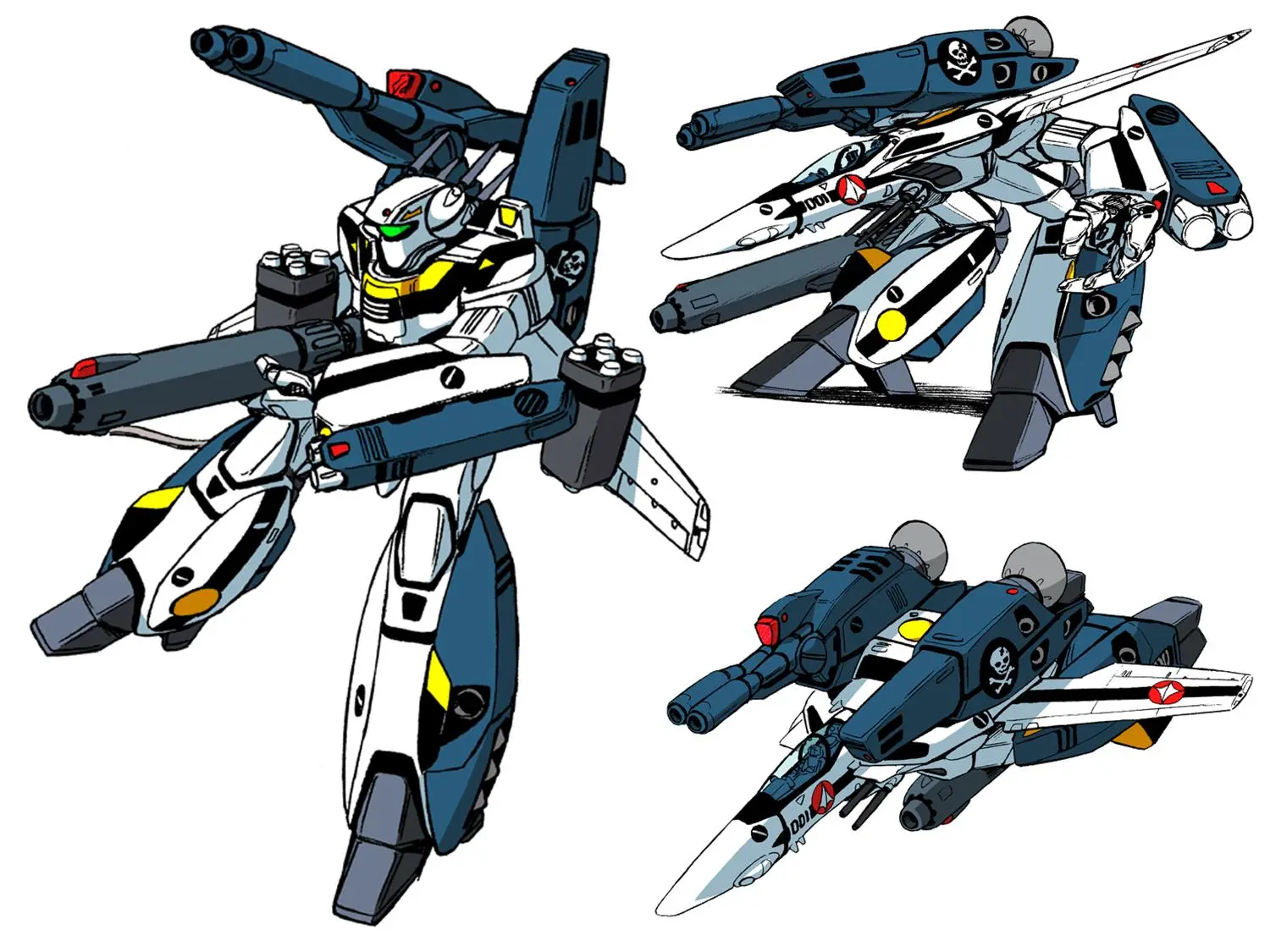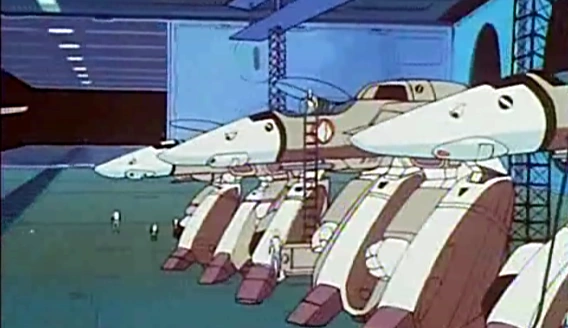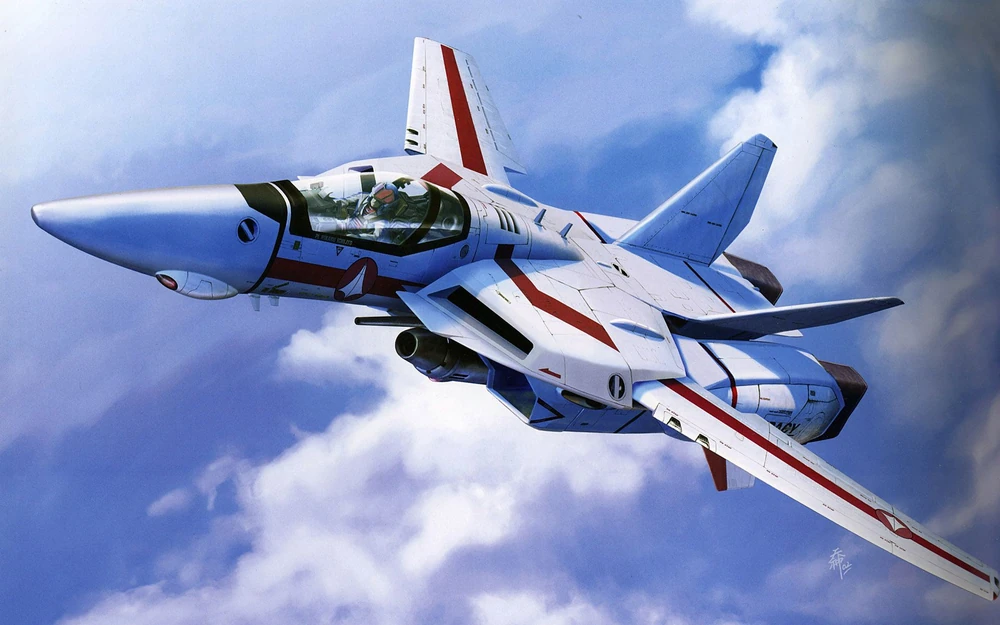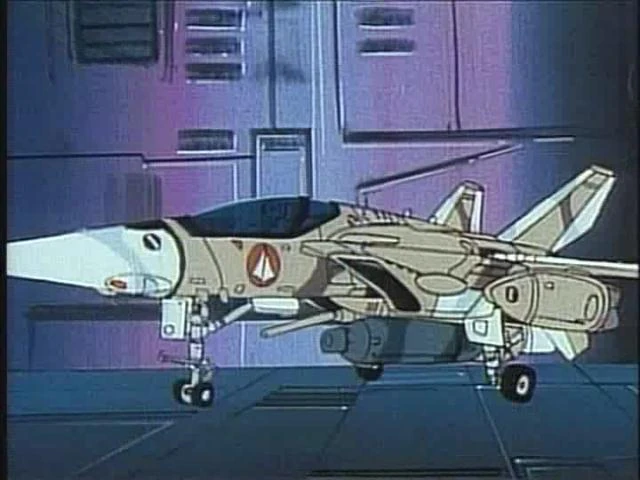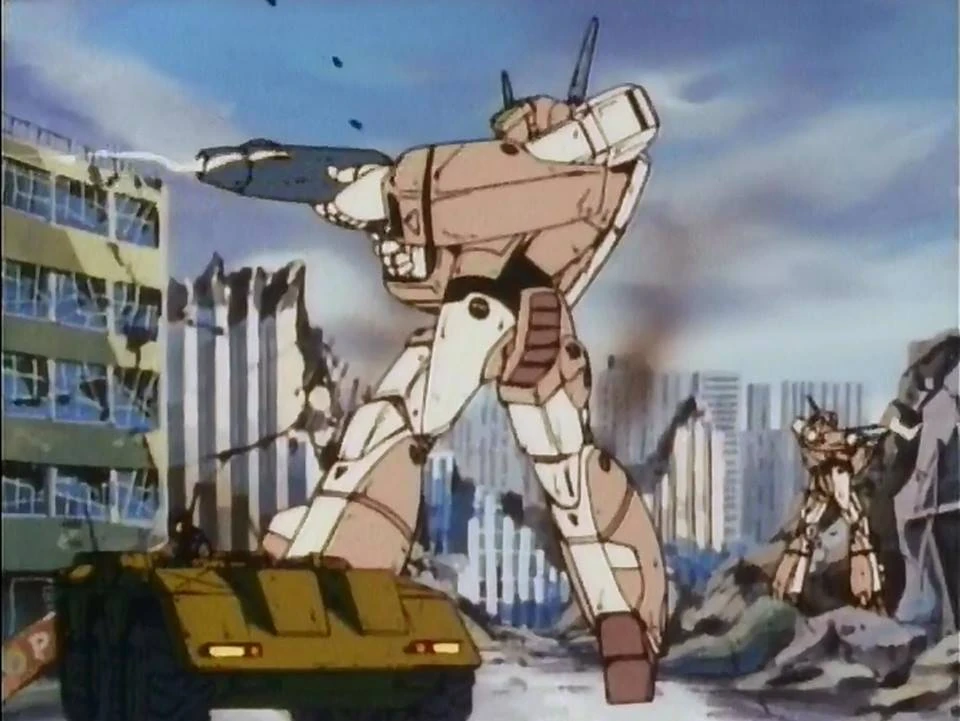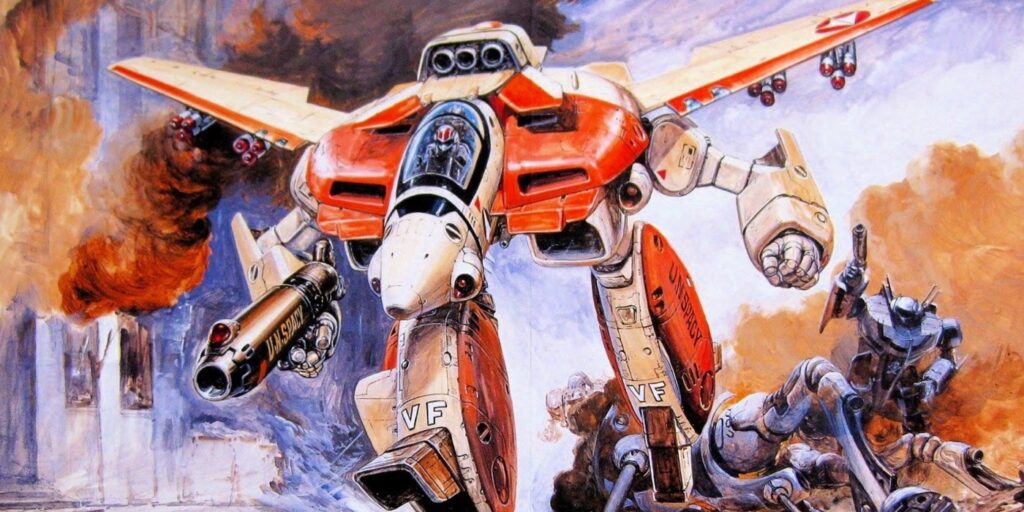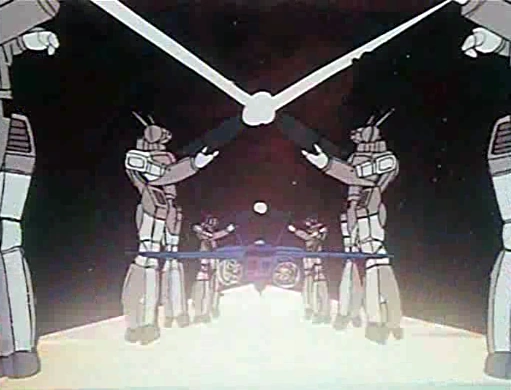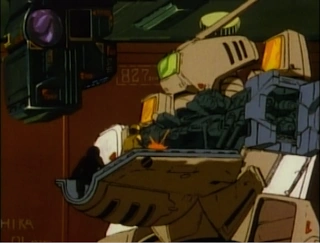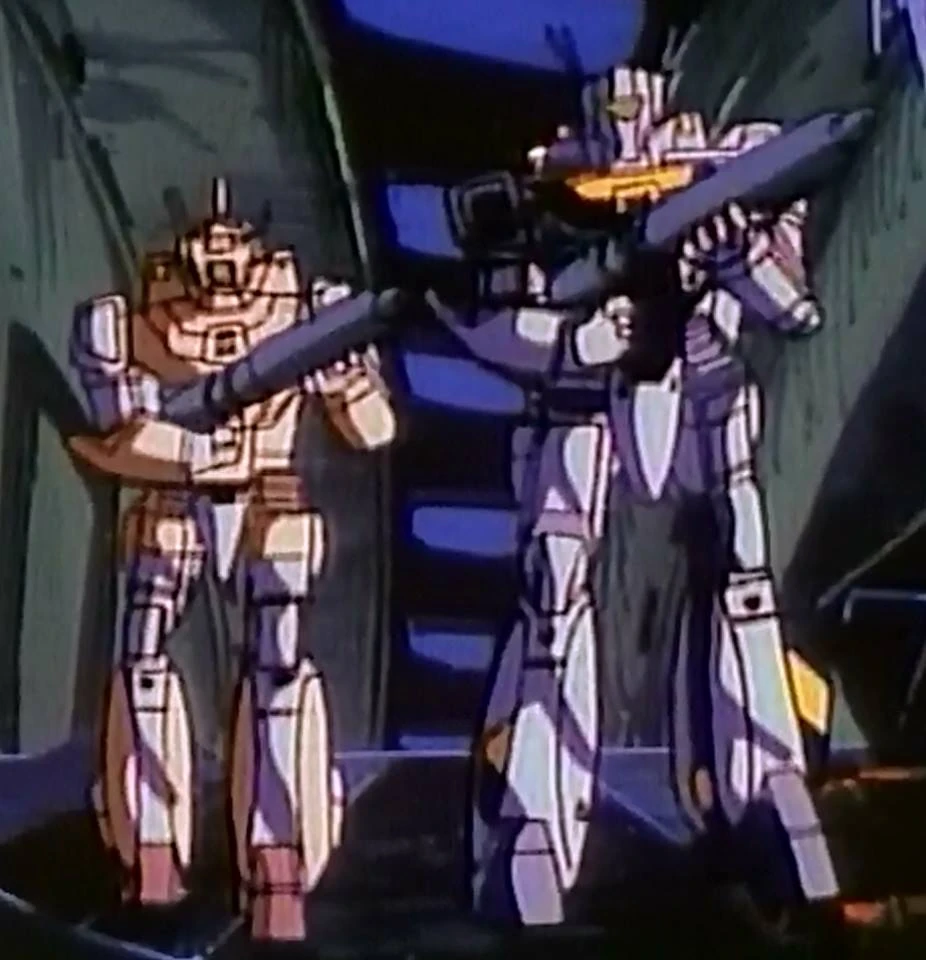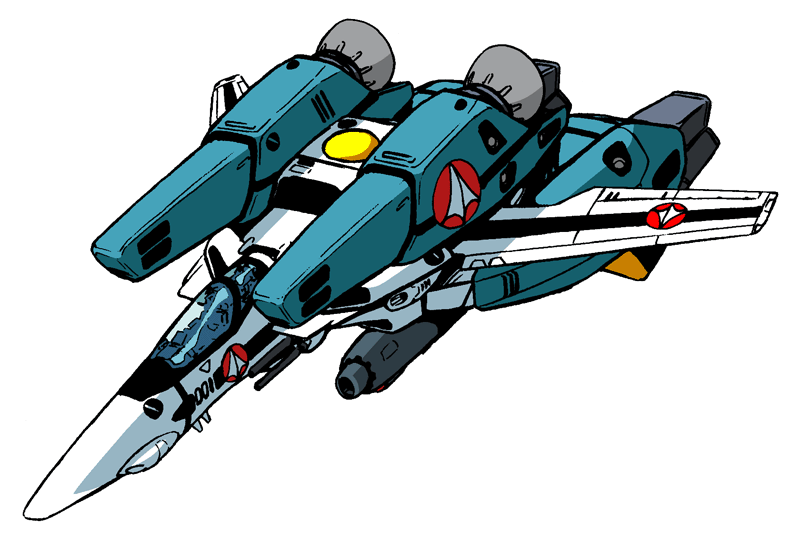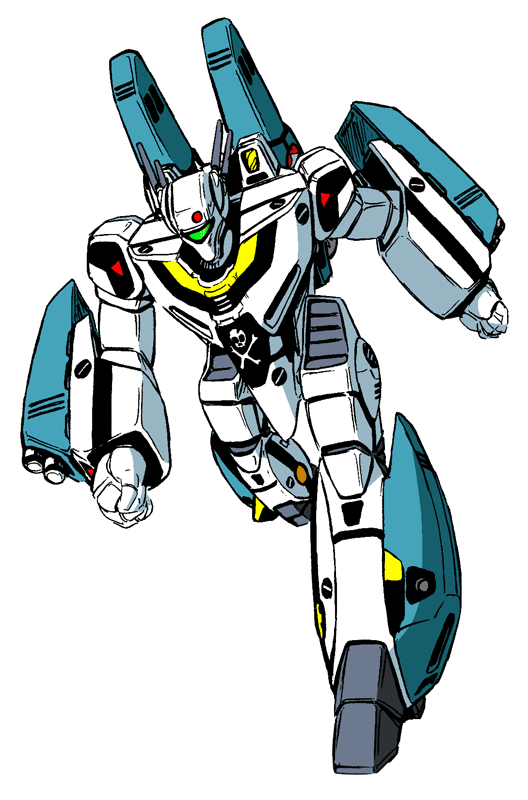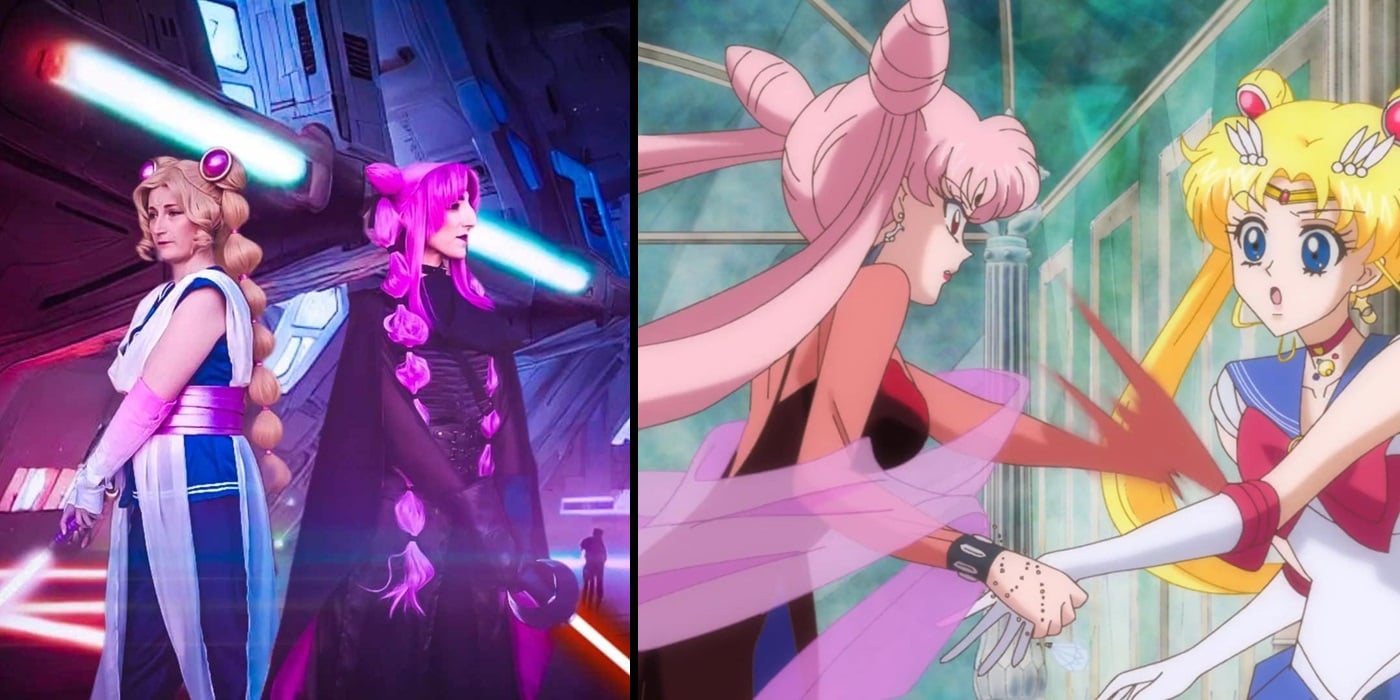The Best Ship, No, Mech, No Wait It’s Both? – We Break Down The VF-1 Valkyrie Veritech Fighter
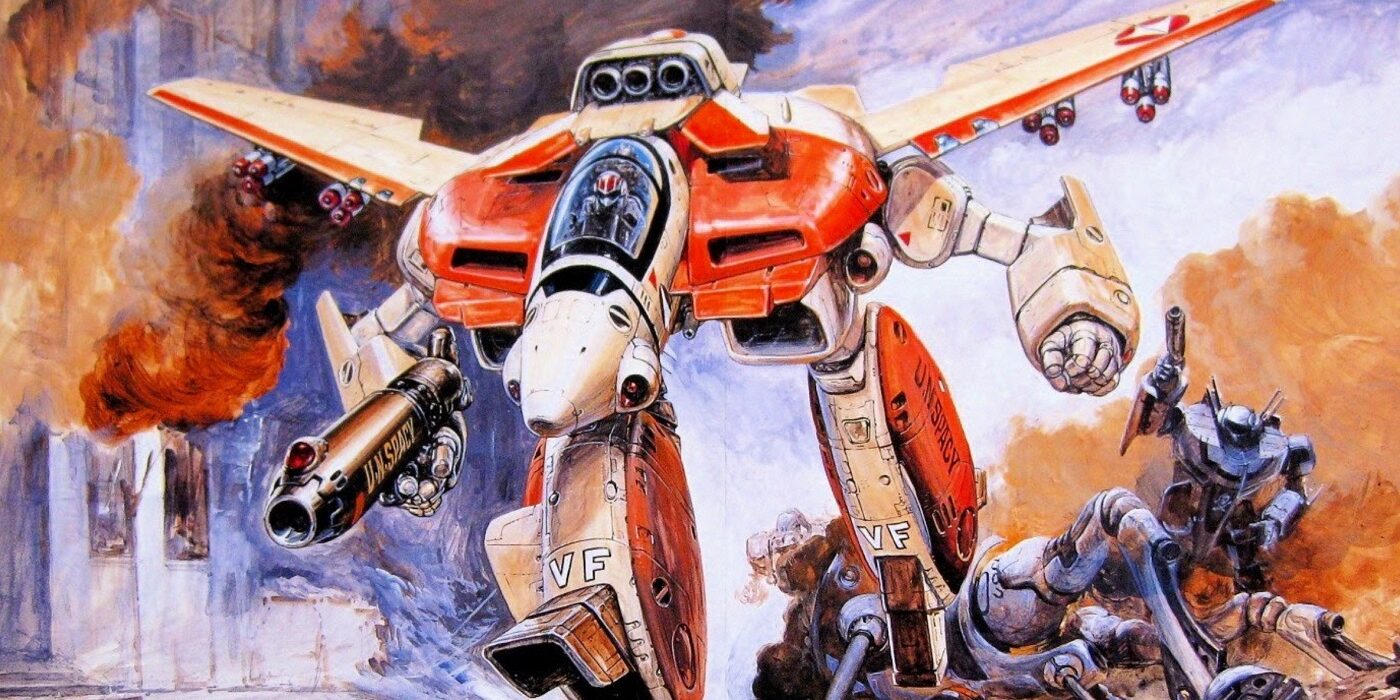

Throughout the First Robotech War, one “ship” proved to be both versatile and variable. Join us as we break down the VF-1 Valkyrie series.
While the Super Dimensional Fortress known as the SDF-1 Macross might be the iconic capital-class ship during the First Robotech War, far more common and just as integral to the survival of humanity were the strike craft known as the Veritech Fighters. Developed by humanity using knowledge gleaned from analyzing and “reconstructing” the Macross, Veritech fighters used alien Overtechnology/Robotechnology to create a jet fighter that was capable of fighting as both a superiority fighter and humanoid mecha.
This marked a huge leap forward for humanity. Both in terms of unity and in terms of technological capabilities. Once they were developed, the Valkyrie quickly proliferated through the UEG’s space forces. And as a result, the first war with the Zentraedi was an actual war, and not just outright conquest.
But where did it all begin? On a little island in the South Pacific just off the coast of Macross Island. There, the United Earth Government began work in secret…
Project Valkyrie: A Secret History
In 2002, just three years after the massive alien spacecraft, dubbed SDF-1, crash-landed on Macross Island, the UEG launched a secret project, Project Valkyrie, to integrate the newly discovered Robotechnology with their own existing craft. At first, progress was slow going, but by 2006, Project Valkyrie was well underway. Under the leadership of Colonel T.R. Edwards, headed up by Dr. Emil Lang, Project Valkyrie had shown promising results after just four years.
And the timing couldn’t have been better. Project Valkyrie proved to be crucial to the survival of Earth.
During this trying time, the rebellious Anti-Unification League launched an attack on Macross Island, and the former mercenary pilot known as Roy Fokker took to the prototype VF-1 fighter to defend an air transport.
Fokker fought off two separate attacks, making use of the fighter’s transformational capabilities to engage the enemy as both a fighter and in Guardian mode.
Though he crashed and the project was temporarily defunded, a brilliant Fokker made use of the other experimental prototype, the YF-1, to defeat countless attacks. Thanks to Fokker’s heroics, by 2007 the Valkyrie was in full production. Just in time to prepare for the First Robotech War.
VF-1 Valkyrie – Design and Capabilities
The VF-1 Valkyrie Veritech Fighter might look like a standard jet fighter, but it was actually capable of three distinct modes. The first was Fighter mode, where it functioned as a normal aircraft. The second mode, known as Battloid mode, represented a humanoid deployment of the craft, allowing it to fight in situations where the mobility of a human gave it an edge.
And finally, Guardian mode, which combined aspects of both, typically with the jet fighter deploying humanoid legs.
In either mode, the typical VF-1 carried a baseline weaponry that fitted it for a variety of roles and missions on the battlefield. Its main equipment was the GU-11 gun pod. These gun pods were designed with the Veritech role in mind, allowing it to be used as a fixed weapon in Fighter mode, or wielded as a rifle in Guardian or Battloid mode.
The GU-11 typically carried armor-piercing, fin-stabilized discarding sabot (APFSDS) rounds, allowing it to deliver a powerful punch against even the heaviest armor.
Depending on the model developed, a VF-1 also carried head-mounted lasers and had 4 wing hardpoints that could be used to mount a variety of weapons.
Variants
The VF-1 was as variable as it was versatile. And Valkyries came in many stripes. The most common was the VF-1A Valkyrie. This was the “standard” model most often assigned to new recruits during the First Robotech War. They allowed newer pilots to have a chance against Zentraedi, though the aliens typically referred to these units as “cannon fodder” owing to the inexperience of the pilots.
The VF-1J Valkyrie was a model assigned to squadron leaders. It carried two head-mounted light lasers, allowing for an extra punch. This was the Valkyrie piloted by Rick Hunter when he led the Vermillion Squadron.
The VF-1S Valkyrie was the rarest VF-1, a model designed for commanding officers. Only a dozen were said to have been built. And the most infamous of these was the Skull-One, which survived the entire First Robotech War and was piloted by both Roy Fokker and Rick Hunter, two of the war’s most storied pilots.
And of course, many Valkyries were upgraded with Armor Kits. Like the Super Valkyrie, which carried a bolt-on MVAS-1 FASTpack armor and booster system, as well as missile armaments that made it as strong as ten normal fighters.
Or the Armored Valkyrie, which gave a VF-1 extra heavy armor but traded out the versatility of transformation, restricting it to Battloid mode.
Of course, after the first Robotech War, things really started to cook, but that’s another story entirely.

